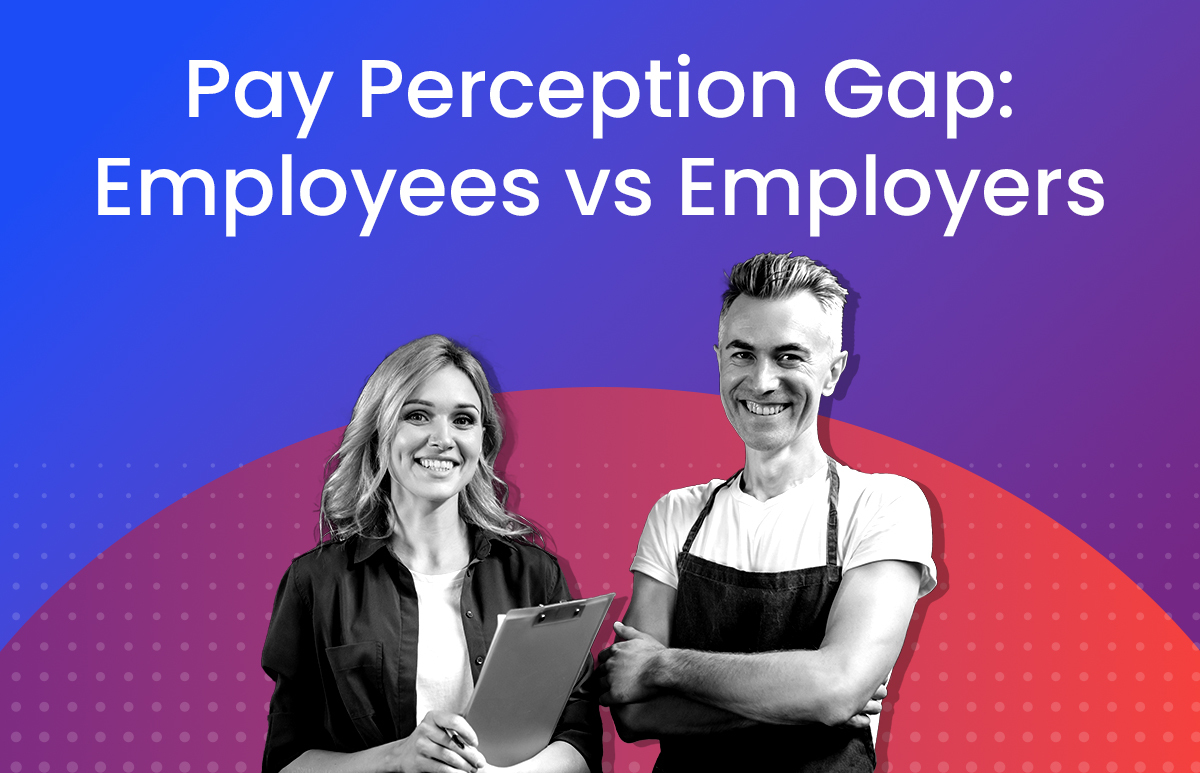In one ear, out the other? 4 learning transfer tips

Does this sound familiar? You’re sitting in a company-endorsed classroom training session, occasionally nodding your head in agreement, jotting down notes and intermittently adding to the discussion. You’re reasonably engaged in the learning process. However, when you return to the office the next day, much of the learning that you thought was taken onboard evaporates amidst the pressures of daily working life: there’s a looming deadline, a customer is angry, and your boss is throwing a temper tantrum.
Simply put, there’s been no opportunity for learning transfer to take place. That means moving the learning theory into practice doesn’t occur – so you forget what you superficially took onboard in yesterday’s training session.
Indeed, studies have shown that we only remember:
- 10% of what we read
- 20% of what we hear
- 30% of what we see
- 50% of what we see and hear
- 70% of what we say and write
- 90% of what we do
German research dating back to the 1880s – appropriately referred to as “The Forgetting Curve”– indicates that nearly 90% of new skills are lost and forgotten within a year.
Is it any wonder your CFO questions the need to invest in employee learning & development? Given the vast amounts of time, money and resources spent on corporate training, it’s surprising that the degree to which an individual applies new skills and knowledge from training to the job – which is the primary goal of workplace training – is often neglected.
So, how can this be improved?
Here are 4 learning transfer tips
-
Aim for a culture of learning
Learning should not be viewed as an isolated, one-off event that happens in your Learning Management System (LMS) or instructor-led training sessions; it needs to extend beyond those confines. Involve managers and peers – not just the few employees directly participating in a program. The Australian Institute of Training & Development (AITD) suggests encouraging your organisation to promote the value of learning at work, stating: “A culture of learning promotes both formal and informal learning. It acknowledges that employees need opportunities to try out newly learned skills and that mastery or competence takes time. It’s possible that creating a culture of learning will reduce resistance to change and change is an inevitable part of learning and performance improvement.”
A learning culture also encourages learners to apply their newly acquired skills in practice, even if they have not perfected them yet. That means being open to novice mistakes. Learners should feel they won’t be punished for making mistakes; instead, a learning culture will let them make mistakes, learn from those mistakes, and move on. Some accountability also helps: set goals and expectations of the training. What do you expect the learner will take away from the experience?
-
Make the training relevant
It sounds obvious but it’s surprising how often the learning undertaken has limited relevance to day-to-day jobs. It comes as no surprise that when trainees perceive learning as relevant, useful, and valuable, they are more likely to apply their newly learned skills. This applies as much to mandatory compliance-related training as it does to voluntary, self-selected learning. A key part of this is to weave in the “what’s in it for me?” foundations. Factors that might achieve this include:
- Acknowledgement that the trainee needs to improve his or her job performance
- The practicality and ease of transferring new skills to the job
- Belief that the new skills will improve job performance
The last point is perhaps the most critical. Regardless of whether the training is an online course, a three-minute video, an hour-long classroom session or a two-day conference, employees should have a clear understanding of how it’s going to be relevant to their role, what information they will learn to improve their daily work, and how this improved work will impact the organisation’s success. For example, if you need a marketing manager to attend training for a new platform, explain the new features it offers, the time it will save, and the potential increased revenue it promises for the company.
-
Create a positive learning environment
Several things won’t cut it in today’s connected, digital world: rigid lesson schedules, uncomfortable classrooms, asking learners to work outside of normal hours to undertake training. None of these apply with mobile and online learning where the onus is on the learner themselves to create a positive learning environment in their own time, in their own space. They can also decide when they want to learn rather than being locked into a time and date. Learners should be able to choose the courses and learning pathways that meet their needs.
-
Encourage skills application
Adults learn best when applying newly acquired skills to solve real problems. Yet training programs rely heavily on lectures, role playing, and “war stories”. McKinsey suggests active learning is the answer. Effective training programs encourage participants to practice new skills in the context of real-life situations or include projects that can noticeably improve an organisation’s results as learners build their skills.
Gamification and other motivational techniques can encourage skills application, not just knowledge retention. For example, learners can gain more points when they master the more practical components of a course. Mentoring and social workgroup discussions to share ideas about newly learned knowledge and skills can also help.
We have moved from an era of passive training to an era of interactive and self-driven training. Are your learning processes and frameworks up to the task?
ELMO Cloud HR & Payroll is empowering organisations to capitalise on this shift by offering a comprehensive suite of learning options, including a Learning Management System to keep track of all learning in your business, a Course Library to provide access to over 400 eLearning courses, and a Course Builder to create bespoke learning content. Contact us to see how we can help your organisation.
 HR Core
HR Core 









